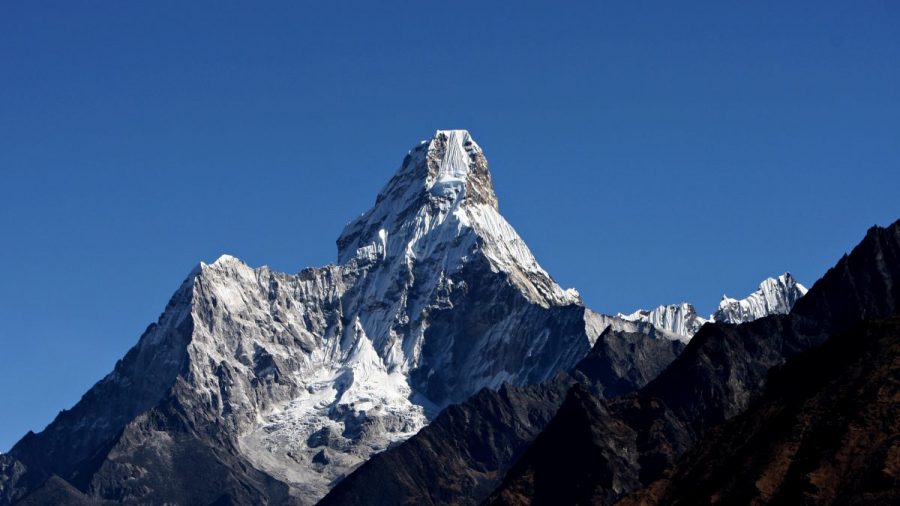Dubbed “Skeleton Lake,” Roopkund Lake in northern India has been baffling the world ever since a British forest guide first stumbled upon it in 1942. This small, shallow body of water situated at over 5000 meters above sea level in the Himalayas, is filled with human remains. The skeletons of hundreds of individuals—and no one knows exactly how they ended up being there.
An international team of scientists recently conducted a DNA analysis of 38 skeletons from the glacial lake surrounded by the snow-capped Himalayan peaks, hoping to shed some light on the unsettling mystery. The results, however, left the experts with more questions than answers.
According to a study published in Nature Communications, the human remains appear to come from distinct groups of people from as far away as the Mediterranean. They arrived at the lake several times over a 1,000-year time-span.
The researchers linked 38 skeletons from the lake to three distinct groups of individuals. The largest group is made up of 23 individuals with DNA related to people from present-day India. Apart from this, they seemed genetically unrelated.
The second-largest group, surprisingly, is composed of 14 individuals with DNA that is most similar to that of people who live in the eastern Mediterranean, mainly present-day Crete and Greece.
Finally, the one remaining individual has DNA that is more typical of that found in Southeast Asia.
“We were extremely surprised by the genetics of the Roopkund skeletons,” says the study’s first author, evolutionary biologist Éadaoin Harney of Harvard University.
“The presence of individuals with ancestries typically associated with the eastern Mediterranean suggests that Roopkund Lake was not just a site of local interest, but instead drew visitors from across the globe.”
Analysis of isotopes extracted from the bones also supported these findings. When humans or animals eat a particular type of grain or plant, they will exhibit an isotopic value in their bones or teeth. That value is representative of that specific type of grain or plant, which can then be matched to geographical locations.
“Individuals belonging to the Indian-related group had highly variable diets, showing reliance on C3 and C4 derived food sources. These findings are consistent with the genetic evidence that they belonged to a variety of socioeconomic groups in South Asia,” said archaeologist Ayushi Nayak. Nayak is from the Max Planck Institute for the Science of Human History in Jena, Germany.
“In contrast, the individuals with eastern Mediterranean-related ancestry appear to have consumed a diet with very little millet.”
Radiocarbon dating suggests the individuals with South Asian ancestry died at Roopkund Lake around 800 A.D. The other two groups arrived much later—sometime between the 17th and 20th centuries. They were likely composed of travelers from the eastern Mediterranean and Southeast Asia. That happened only a few hundred years ago.
“Roopkund Lake has long been subject to speculation about who these individuals were, what brought them to Roopkund Lake, and how they died,” said senior author Niraj Rai, of the Birbal Sahni Institute of Palaeosciences in Lucknow, India.
Rai said, “We hope that this study represents the first of many analyses of this mysterious site.”

